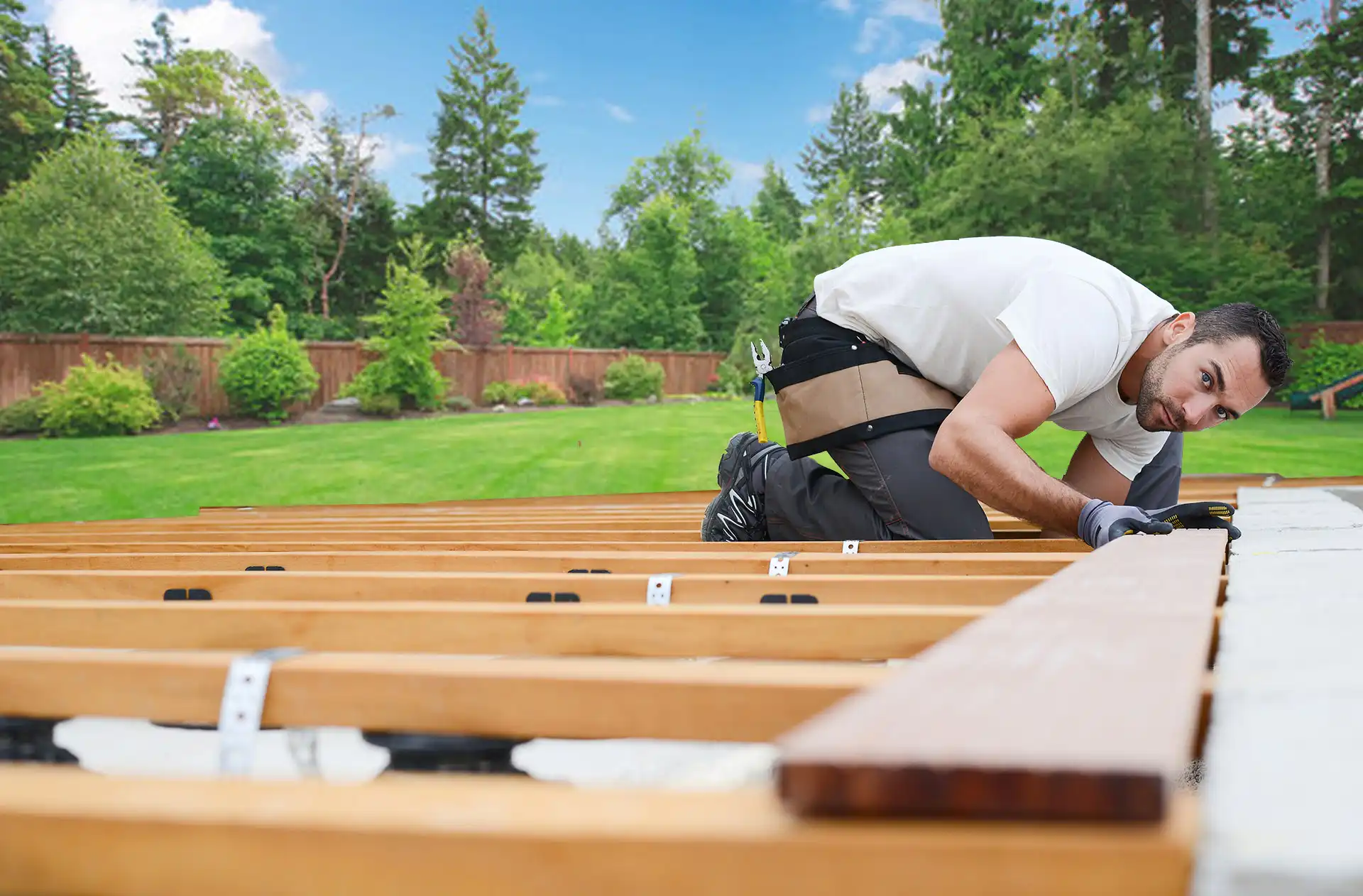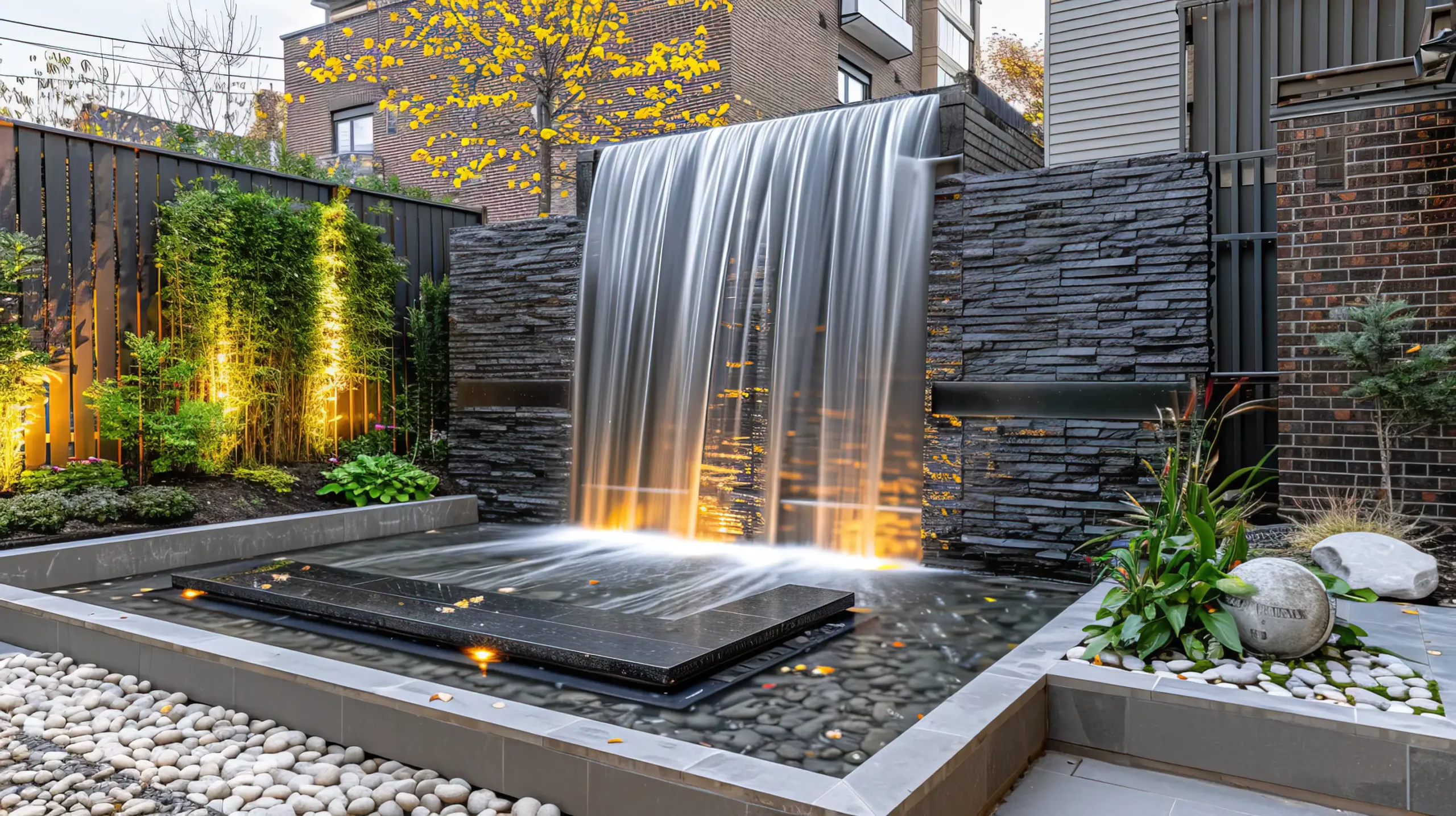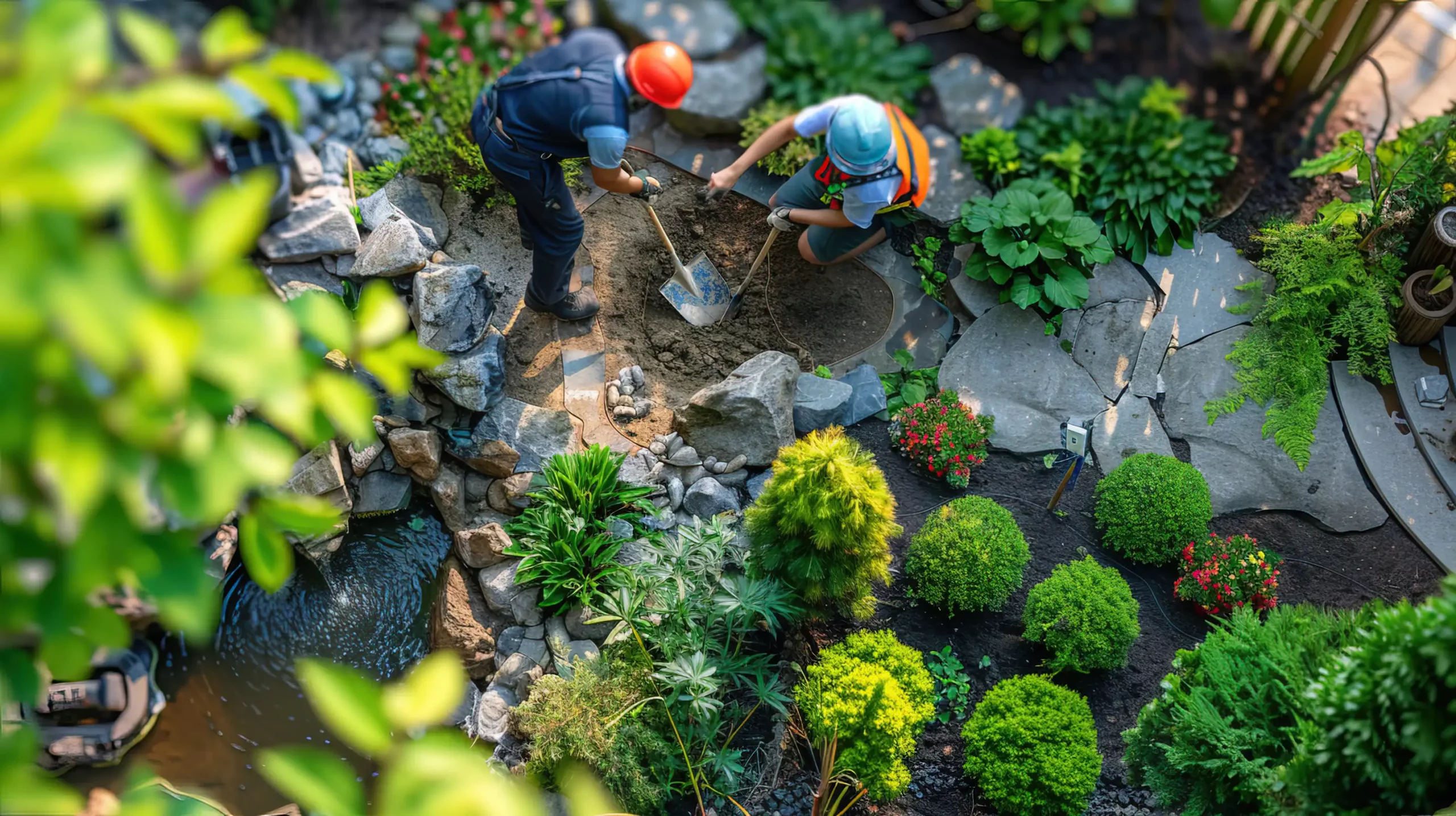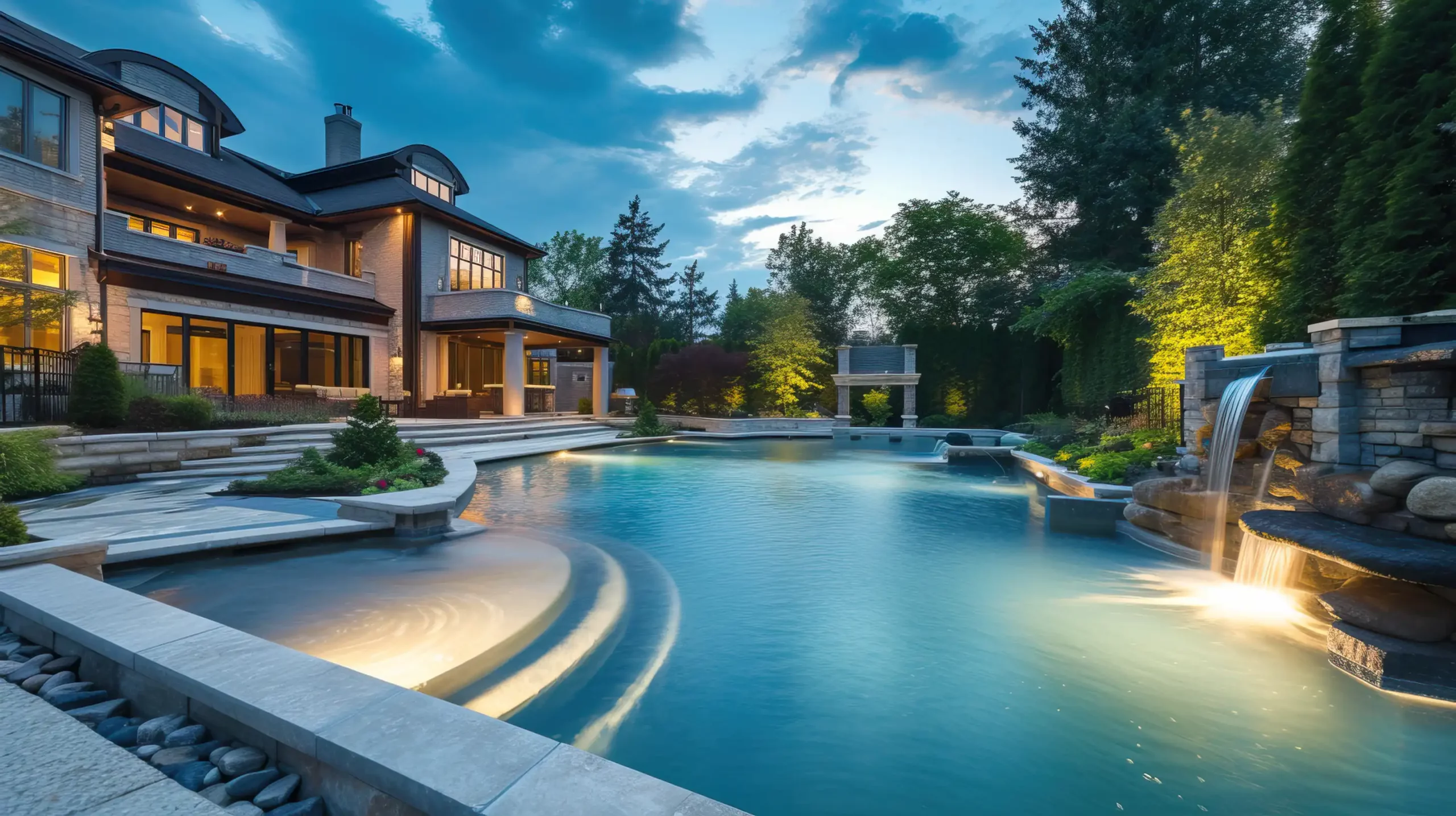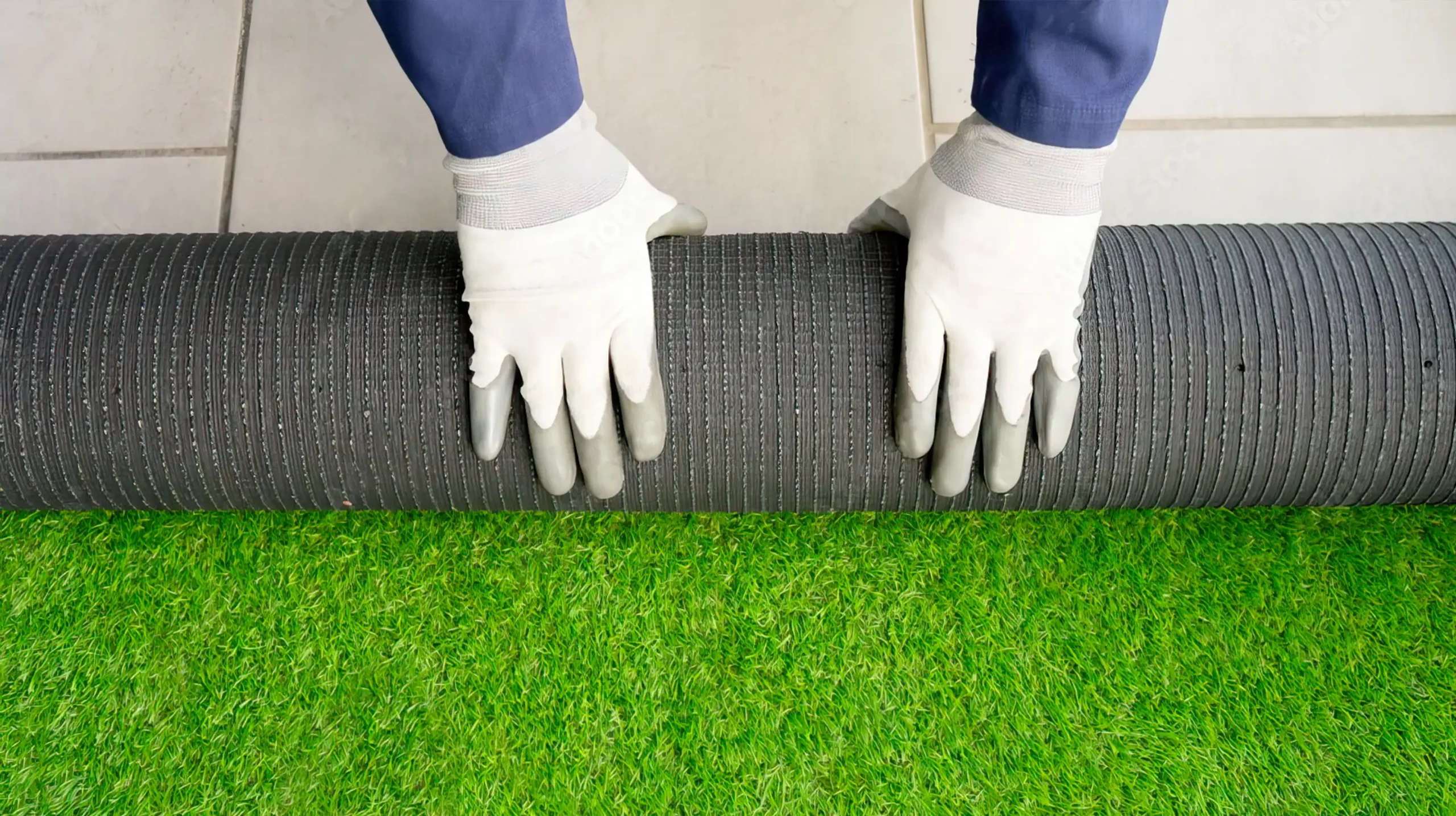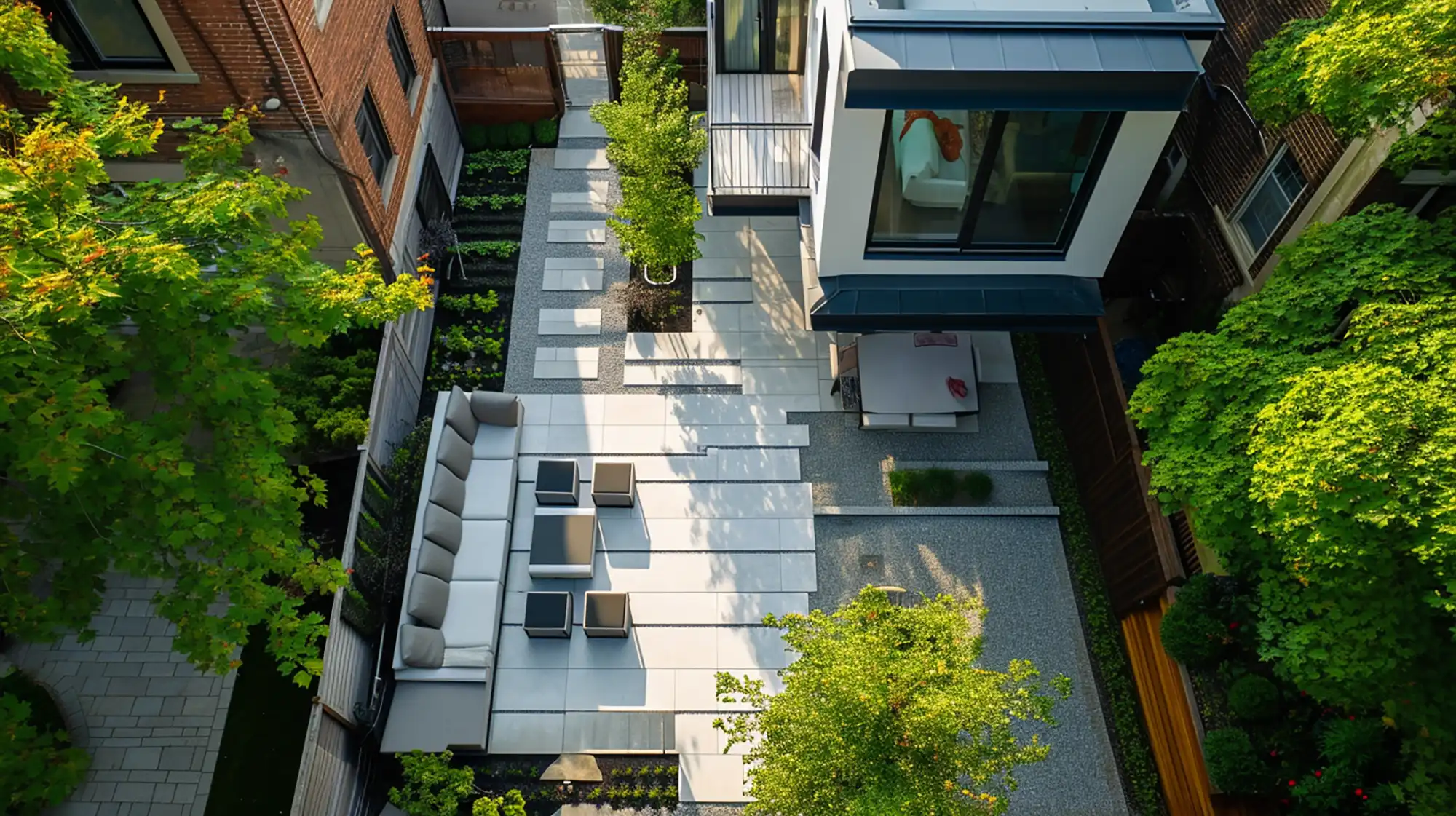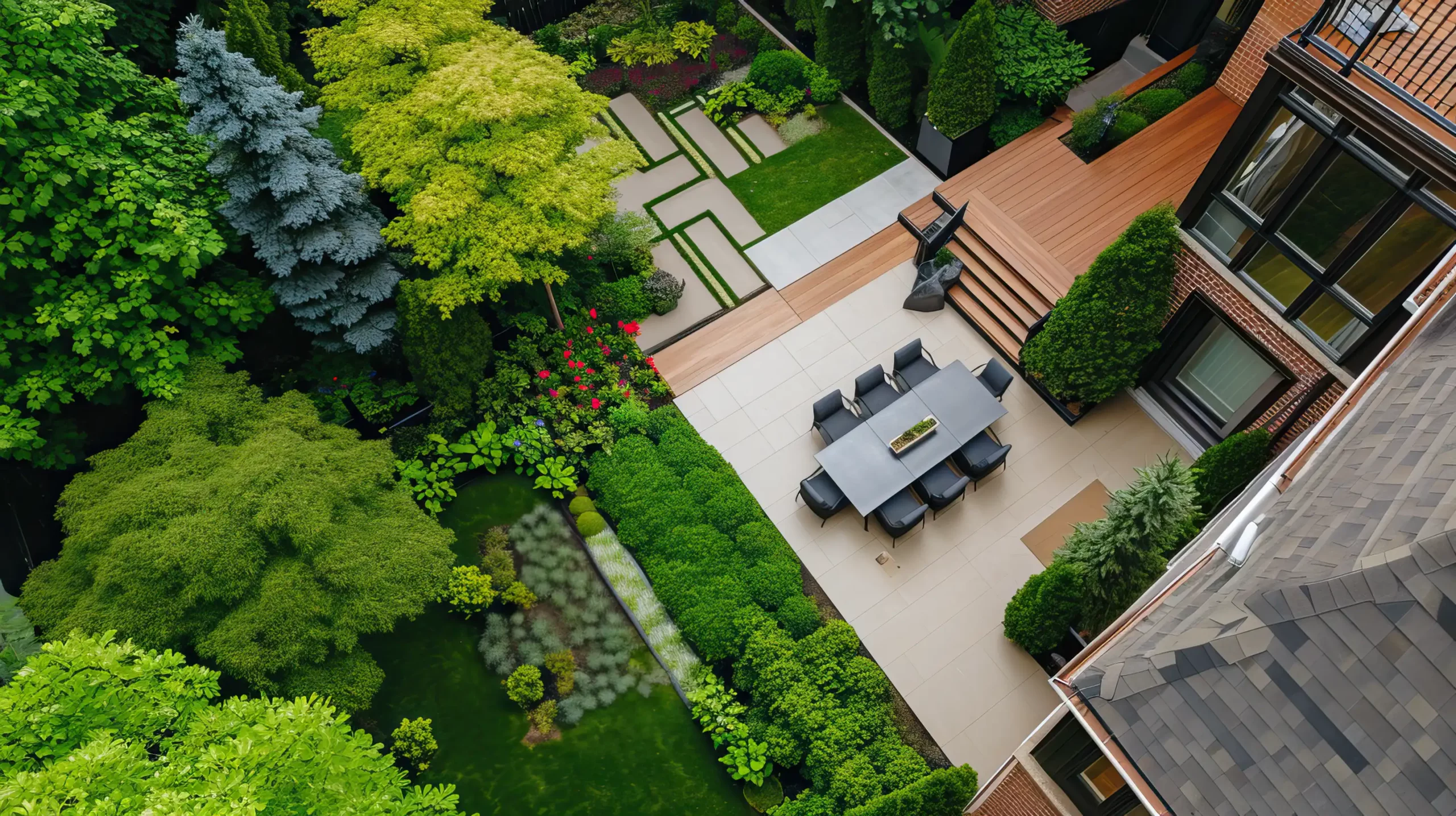Building a deck is a significant project. The material you choose can make or break the success of your endeavor. This guide aims to provide a comprehensive overview of the different deck material options. We’ll delve into their unique characteristics, advantages, and disadvantages.
Deck building materials range from traditional wood to composite materials, each with its unique properties. Your choice will depend on various factors, including your budget, maintenance capacity, and aesthetic preferences. We’ll explore these materials in detail to help you make an informed decision.
Remember, the right material can enhance the longevity and appeal of your deck. It can also influence the maintenance requirements and overall cost of your project. So, it’s crucial to understand your deck material options before making a decision.
In the following sections, we’ll discuss popular decking materials. These include composite decking and various types of wood. We’ll also provide tips on choosing the right material for your deck. Let’s dive in!
Composite Decking: The Future of Deck Building
Composite decking is gaining popularity among homeowners and builders. It’s a synthetic material that combines wood fibers and recycled plastics. This unique blend offers the best of both worlds. It provides the natural look of wood and the durability of synthetic materials.
One of the main advantages of composite decking is its resistance to common deck issues. These include rot, mildew, and insect damage. Unlike traditional wood, composite decking doesn’t require staining or sealing. This makes it a low-maintenance option, saving you time and effort in the long run.
Despite its higher upfront cost, composite decking can be a cost-effective choice. The savings you make from low maintenance costs can offset the initial investment over time. Plus, with its durability, a composite deck can last for years, providing excellent value for money.
Composite decking also offers aesthetic flexibility. It comes in a variety of colors, allowing you to choose a hue that complements your outdoor space. Some composite decking even mimics the grain of real wood, adding a touch of natural beauty to your deck.
The Pros and Cons of Using Wood for Your Deck
Wood is a classic choice for deck building. It’s known for its natural beauty and versatility. The types of wood used in deck building include pressure-treated lumber, cedar, redwood, and exotic hardwoods like ipe and tigerwood.
Wood decks have a timeless aesthetic appeal. The natural grain and warm colors of wood can enhance the beauty of any outdoor space. Plus, you can stain wood in any color, allowing you to customize the look of your deck to match your home’s exterior.
However, wood decks require regular maintenance. This includes staining and sealing to protect the wood from weather damage and rot. Without proper care, a wood deck can deteriorate over time, affecting its appearance and structural integrity.
Despite these maintenance requirements, many homeowners prefer wood decks. They appreciate the traditional look and feel that wood provides. Plus, the initial cost of a wood deck can be more affordable compared to other materials.
How to Choose the Right Material for Your Deck
Choosing the right material for your deck is a crucial decision. It can influence the success of your project, the longevity of your deck, and the amount of maintenance required. Here are some factors to consider when making your choice.
First, consider your budget. Different materials come with different price tags. Pressure-treated wood is a budget-friendly deck material options, while composite and PVC decking are more expensive upfront. However, the long-term maintenance costs can also influence the overall cost of your deck.
Next, think about how much maintenance you’re willing to do. If you prefer a low-maintenance deck, consider composite or PVC decking. These materials are resistant to rot, insects, and weather damage. They don’t require staining orsealing, making them easier to maintain than wood.
Your desired aesthetic is another important factor. Do you prefer the classic look of wood or the modern appeal of composite materials? Each material can create a different look and feel for your deck. Consider which one aligns best with your vision for your outdoor space.
Finally, consider the durability and performance of the material over time. Some materials, like composite and PVC decking, are designed to withstand the elements and maintain their appearance for many years. Others, like wood, may show signs of wear and tear if not properly maintained.
Deck Building: Cost Analysis of Various Materials
The cost of decking materials can vary widely. It’s essential to consider both the initial cost and the long-term maintenance costs when choosing your deck material. Let’s take a closer look at the cost implications of various materials.
Pressure-treated wood is the most affordable deck material options upfront. It’s a popular choice for many homeowners due to its initial cost-effectiveness. However, it requires regular maintenance, including staining and sealing. These maintenance costs can add up over time, increasing the overall cost of your deck.
On the other hand, composite decking costs more initially. But it can save you money in the long run due to its low maintenance needs. You won’t need to spend money on stains, seals, or repairs as often as you would with a wood deck. This makes composite decking a cost-effective choice in the long run.
Exotic hardwoods like ipe and tigerwood are the most expensive deck material options. They offer unmatched beauty and durability, making them a premium choice for deck building. However, they also require some level of maintenance, which can add to their overall cost.
Maintenance Tips for Different Deck Materials
Every deck, regardless of its material, requires some level of maintenance. Proper care can extend the lifespan of your deck and keep it looking great for years to come. Here are some maintenance tips for different deck materials.
For wood decks, regular sealing are necessary. These treatments protect the wood from weather damage and rot. It’s also important to clean your wood deck regularly to prevent the buildup of dirt and debris.
Composite decks require less maintenance than wood decks. Usually, a simple cleaning with soap and water is enough to keep a composite deck looking its best. However, it’s still important to clear debris from your deck regularly. This can prevent the growth of mold and mildew, which can damage the composite material over time.
Regardless of the material, regular inspections are crucial. Check your deck for signs of damage or wear and tear. Prompt repairs can prevent minor issues from becoming major problems, saving you time and money in the long run.
Eco-friendly Deck Building: The Rise of Composite Materials
In today’s world, eco-friendliness is a growing concern. Many homeowners are looking for ways to reduce their environmental impact. One way to do this is by choosing eco-friendly decking materials.
Composite decking is a great example of an eco-friendly decking material. It’s made from recycled materials, including wood fibers and plastic. This means that every square foot of composite decking helps to reduce waste and conserve natural resources.
Choosing composite decking is a great way to create a beautiful outdoor space while also being environmentally conscious. It’s a win-win situation – you get a durable, low-maintenance deck, and you contribute to environmental sustainability.
Deck Aesthetics: How Material Choice Influences the Look and Feel
The material you choose for your deck can greatly influence its aesthetics. Each material has its unique look and feel, which can enhance or detract from the overall appeal of your outdoor space. Let’s explore how different materials can influence deck aesthetics.
Wood offers a classic, natural aesthetic. The grain and color of wood can add warmth and charm to any outdoor space. Plus,you can stain wood to match your home’s exterior or to create a unique look.
Composite decking, on the other hand, offers more flexibility in terms of color and texture. Some composite decking options mimic the look of real wood, while others have a more uniform appearance. This allows you to customize the look of your deck to suit your personal style.
PVC decking is another deck material options. It comes in a variety of colors, allowing for a high level of customization. However, it doesn’t look as natural as wood or composite decking. This makes it a good choice for modern, minimalist designs.
The Durability of Different Deck Building Materials: A Comparative Study
Durability is a key factor to consider when choosing deck building materials. Some are more durable than others, offering better resistance to the elements and longer lifespans. Let’s compare the durability of different deck building materials.
Composite and PVC decking are considered the most durable materials. They are resistant to rot, insects, and weather damage. They also don’t require staining or sealing, which can further extend their lifespan.
Wood, on the other hand, can be susceptible to these issues if not properly maintained. However, some types of wood, like cedar and redwood, are naturally resistant to rot and insects. And exotic hardwoods like ipe and tigerwood are exceptionally durable, although they come at a higher cost.
Deck Building Materials: Understanding Quality and Performance Over Time
The quality and performance of deck building materials can change over time. Exposure to the elements, wear and tear, and maintenance practices can all influence how a material performs in the long run. Let’s explore how different materials fare over time.
Wood decks can show signs of wear and tear over time. They may warp, crack, or rot, especially if they are not properly maintained. Regular staining can help protect wood decks from these issues, but they still require more maintenance than other materials.
Composite and PVC decks, on the other hand, are designed to withstand the elements. They are resistant to rot, insects, and weather damage. They also maintain their color and texture for many years, although they may fade slightly in the first few months of exposure to sunlight.
Conclusion
Choosing the right deck building materials is crucial for the success of your deck project. Whether you prefer the natural beauty of wood, the durability of composite, or the low maintenance of PVC, understanding the pros and cons of each deck material options will help you make an informed decision.
FAQs
- What is the best material to build a deck with? The best material can vary depending on your needs, but composite decking is often recommended. It doesn’t require painting or staining as wood does, which can save time and money in the long run. Composite decking is more durable than wood and is resistant to rot, insect damage, and weathering. It’s also made from recycled materials, making it an eco-friendly choice. Capped composite decking, which is coated with a durable plastic to protect it from moisture and other elements, is considered the most durable deck material options.
- What materials would I need to build a deck? This question depends heavily on the specific design and size of your deck. However, at a high level, you will likely need: decking material (such as wood, composite, PVC, or aluminum), joists, beams, posts, a ledger (if attaching to a house), fasteners (nails, screws, or hidden fasteners), and potentially railings and stairs.
- How much does it cost to build a 20×20 deck? I was not able to complete this search within the time constraints. The cost will vary significantly depending on the materials used, whether you do it yourself or hire a professional, your geographic location, and other factors.
- What is the least expensive deck material? What type of decking is cheapest? What is the cheapest material to build a deck? Pressure-treated wood is often the most affordable decking material, costing around $3-$6 per square foot. However, it requires more maintenance than other materials like composite decking.
- What is the best inexpensive wood deck? Pressure-treated lumber is a common and affordable choice for wood decking. While it requires more maintenance than composite decking, it’s durable and can be extended in lifespan with care, including power washing, sanding, and regular re-staining.
- What is the least expensive composite decking material? I was not able to find specific pricing for different types of composite decking within the time constraints. The price can vary depending on the brand, style, and whether the composite is capped (coated with a protective layer) or uncapped.
Visit our website to find a location closest to you, or to contact a deck designer today!
Follow us on Facebook and Instagram for more deck design ideas.

